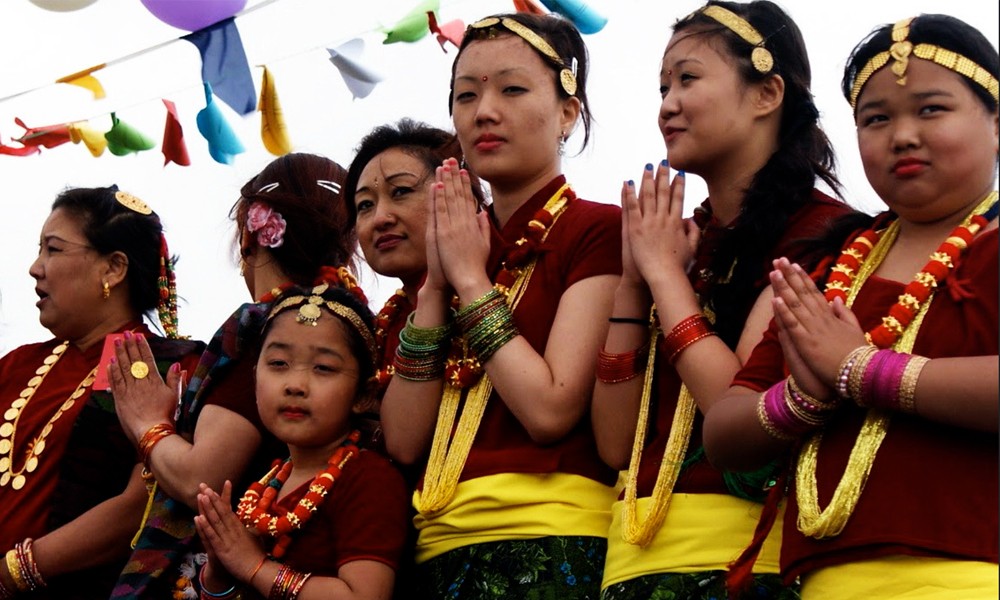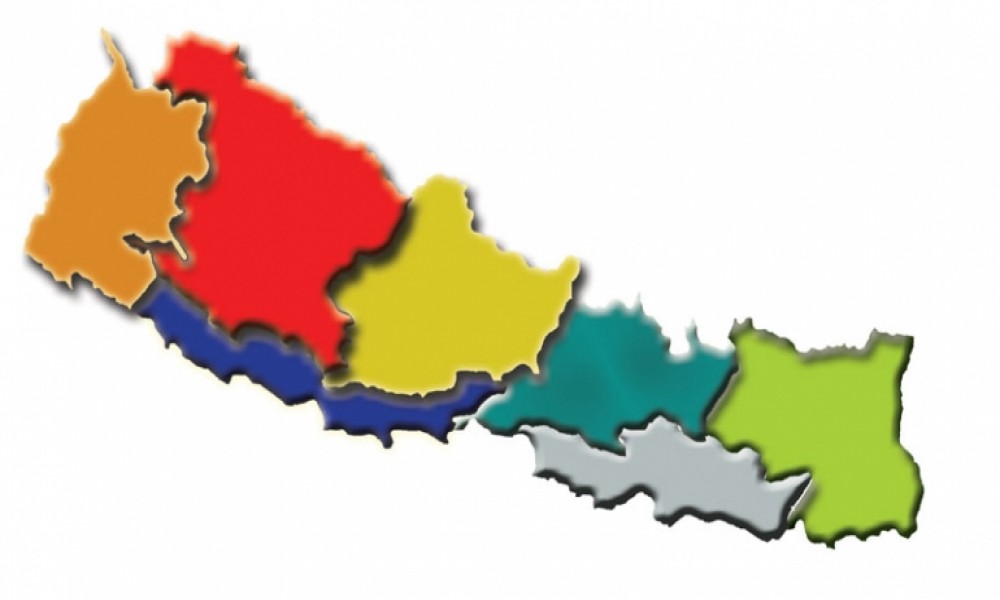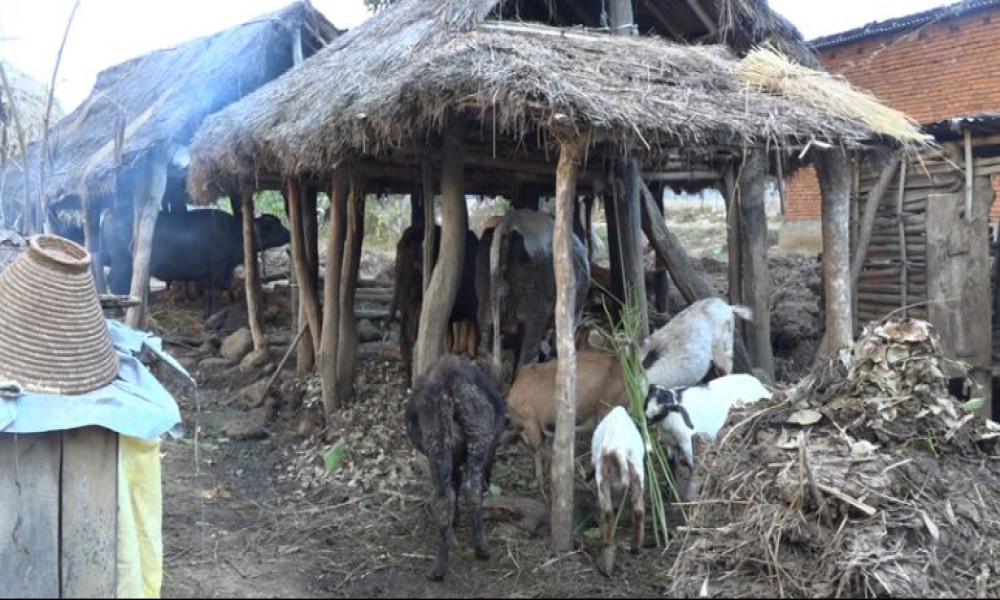MEERA RAJBHANDARI AMATYA
Back in the Panchayat era, Bir Nemawang was jailed when he taught in the Limbu language because except for Newari and Maithili, it was illegal to provide education in the mother tongues of different indigenous communities. It is human nature for every community to want to listen to and read information in its language. Keeping this in mind, indigenous journalists started publishing newspapers and broadcasting radio and television programmes in their respective mother tongues. This effort protects one of the basic human rights, the right to information.
Right to information.
The right to information (RTI) plays a vital role in ensuring good governance. Every citizen has a right to know how the government and state function. In order to guarantee transparency, balanced governance, social inclusion and sustained numbers of components of human rights, is an essential element. Furthermore, RTI empowers every citizen to seek any information from the government, inspect any government document and seek certified photocopies. Some laws related to RTI also empower citizens to officially inspect any government work or take samples of the material used in any work.
Every citizen has a right to know how the government and state function.
The Universal Declaration of Human Rights has recognised RTI as a fundamental right of human beings. Similarly, the International Covenant on Civil and Political Rights also recognises RTI as an implied right of freedom of expression.
In Nepal, discussions on RTI began in the 1990s amid the writing of a new constitution after the restoration of democracy in 1990. Similarly, after the Maoist conflict in Nepal and the signing of the Comprehensive Peace Accord in 2006, the Interim Constitution of 2007 also maintained this provision as a fundamental human right. Nepal passed the Right to Information Act in July 2007, becoming the third Asian country after Pakistan and India to do so. It is also the first country in the region to have a constitutional provision that explicitly guarantees it as enshrined in Article 16 of the 1990 Constitution and Article 27 of the 2007 Interim Constitution.
Indigenous people in Nepal
In Nepal, indigenous people make up 37.2 percent of the total population. The government has identified 59 indigenous communities (known as Adivasi Janajati) while 22 other indigenous communities remain to be listed. Most of the indigenous people cannot even speak Nepali properly. Due to the language problem, they have not been able to exercise their RTI properly.
Most of the indigenous people cannot even speak Nepali properly. Due to the language problem, they have not been able to exercise their Right to Information properly.
Similarly, the low rate of education among the indigenous communities has hindered communication. Only the Thakali and Newar communities are highly literate. The literacy rate among Thakalis is 80.5 percent while the figure among Newars is 80.1 percent, according to the 2011 census. The development of any nation depends on its educational system, and it is regarded as a powerful tool for the empowerment of any individual. But the indigenous people of Nepal are economically, educationally and politically backward.
In the media
Of late indigenous communities have begun to voice their concerns actively in the media. Indigenous journalists, in particular, work to inform, educate and entertain their respective communities. Currently, 93.07 percent of the newspapers published in Nepal are in non-indigenous languages. Among them, 68.42 percent are published in the official language Nepali and 24.65 percent in English, Hindi and English-Nepali. The media in indigenous languages accounts for only 6.58 percent of the total while indigenous people make up 37.2 percent of the national population. The national daily Gorkhapatra publishes a supplement daily in two languages in rotation from among 32 indigenous languages.
The journey, however, has not been easy. Way back in 1995, when Amrit Yonjan and his team published the first newspaper in the Tamang language named Syo Mhendo (meaning morning flower), they were jailed. It was only after the Interim Constitution 2007 enshrined linguistic rights in articles 5 and 1 which led to an immense growth in indigenous media. Sandhya Times, Inap, Swaniga and other newspapers were published in Newari. Now there are 43 Newari, 13 Tharu, 10 Tamang and two Rai language newspapers. Also, 294 supplements in other languages have been published.
Indigenous media has been playing a vital role in the empowerment of indigenous people. Nowadays, most FM and television stations broadcast news and entertainment programmes in different languages
Even so, the number of indigenous journalists is less than journalists from other communities. According to the Department of Information, there are 432 indigenous journalists among a total of 3,066 in Nepal. Similarly, the Federation of Nepali Journalists has listed 1,886 indigenous journalists while the Federation of Indigenous Nationalities Journalists has put the figure at 1,539 indigenous journalists. Meanwhile, the number of indigenous women in journalism is very low. There are 277 indigenous women journalists among a total of 1,387, according to the Federation of Nepali Journalists (FNJ). The Federation of Nepalese Indigenous Journalists has listed 483 women among 1,539 indigenous journalists.
No doubt, indigenous media has been playing a vital role in the empowerment of indigenous people. Nowadays, most FM and television stations broadcast news and entertainment programmes in different languages. However, 26 communities have not been able to bring out publications in their respective mother tongues due to economic and educational problems. Chandra Kulung, the first president of the Federation of Nepalese Indigenous Journalists, has rightly said, “Indigenous media can play a vital role in sustaining the people’s right to information, but the government has no specific policy and plan to develop indigenous media. The government must formulate policies to develop and sustain indigenous media. New policies are needed for the development of indigenous media.”









